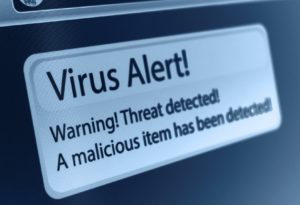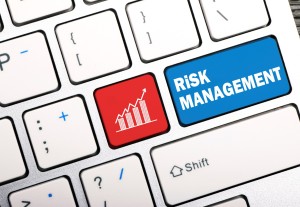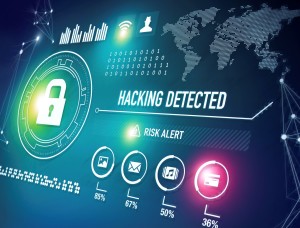
By regularly updating your anti-virus software, you can better protect your systems from security threats.
Whether you own a small or large business, one your top priorities should be to have anti-virus software installed. After all, you never know what dangerous programs are being developed on a regular basis, especially ones which may even go undetected. Of course, though, it’s not just enough that you have security, but that you also keep it updated on a regular basis. Many people don’t realize this significance until their information gets compromised. Not keeping your security up-to-date, can be the difference between a secure network, and one that becomes susceptible to hackers. Overall, here are a few reasons why you should regularly update your anti-virus software.
#1. New Viruses On The Rise
As was briefly mentioned before, one of the main reasons to keep your anti-virus software updated, is to combat new viruses which are constantly emerging. Even with the latest updates, hackers are always looking for ways around your protection, especially when the software becomes outdated. For example, let’s say that you recently downloaded Kaspersky Anti-Virus 2015. While there’s no doubt that it will protect you from even the more recent threats, why not use Kaspersky Internet Security 2016? After all, not only will your current protection eventually become outdated, but as new viruses start emerging as the year 2016 moves forward, hackers will be able to find vulnerabilities in older software, and you’ll be more susceptible to attacks.
#2. Securing Important Information
With new viruses on the rise, not only is it easier to become susceptible if you don’t keep your software updated, but more importantly, this can also lead to sensitive information being stolen. For example, let’s say that your computer had some important files which not only included your social security number, but your bank account information as well. If a hacker got their hands on this info, there could be serious consequences for you and your business. Keeping your security up to date doesn’t just protect you from vulnerabilities, but any valuable information you have, is kept secure as well.
#3. Viruses Impact Everyone In Your Business
While it’s true that security vulnerabilities affect you, they can also have an impact on everyone in your workplace. For example, let’s say that you received a suspicious looking email from what appears to be one of your coworkers. Upon opening it, though, you realize it’s a virus that’s meant to target everyone in your network. If you and your coworkers are all connected to the same network, the virus will end up spreading throughout. Aside from your coworkers becoming vulnerable, this could also cause significant financial losses. When keeping your anti-virus software up to date, don’t just consider the impact viruses will have on you, but those you work with as well.
#4. Viruses Affect Your Business Reputation
First of all, customers are what keep a business going, and it’s important you have a strong reputation to boot. However, if your company became susceptible to an attack, what if word got out to any potential customers about the issue? Not only would they see your company as one that can’t be trusted, but even more so, they may look for business elsewhere, one where they feel safe. This could lead to a huge loss of customers, since they certainly won’t risk becoming vulnerable to attacks and/or having their information stolen. Viruses don’t just have an impact on you or even your coworkers, but the customers and your business reputation as a whole.
Protecting your company is a top priority in the business world, and it’s not just enough that you have anti-virus software, either. By keeping it updated on a regular basis, not only will your company be protected against even the most recent threats, but hackers will have a difficult time finding vulnerabilities, and your business reputation will also be secured. For more information regarding your protection, as well as ways we can further assist you, contact us today at SystemsNet.


